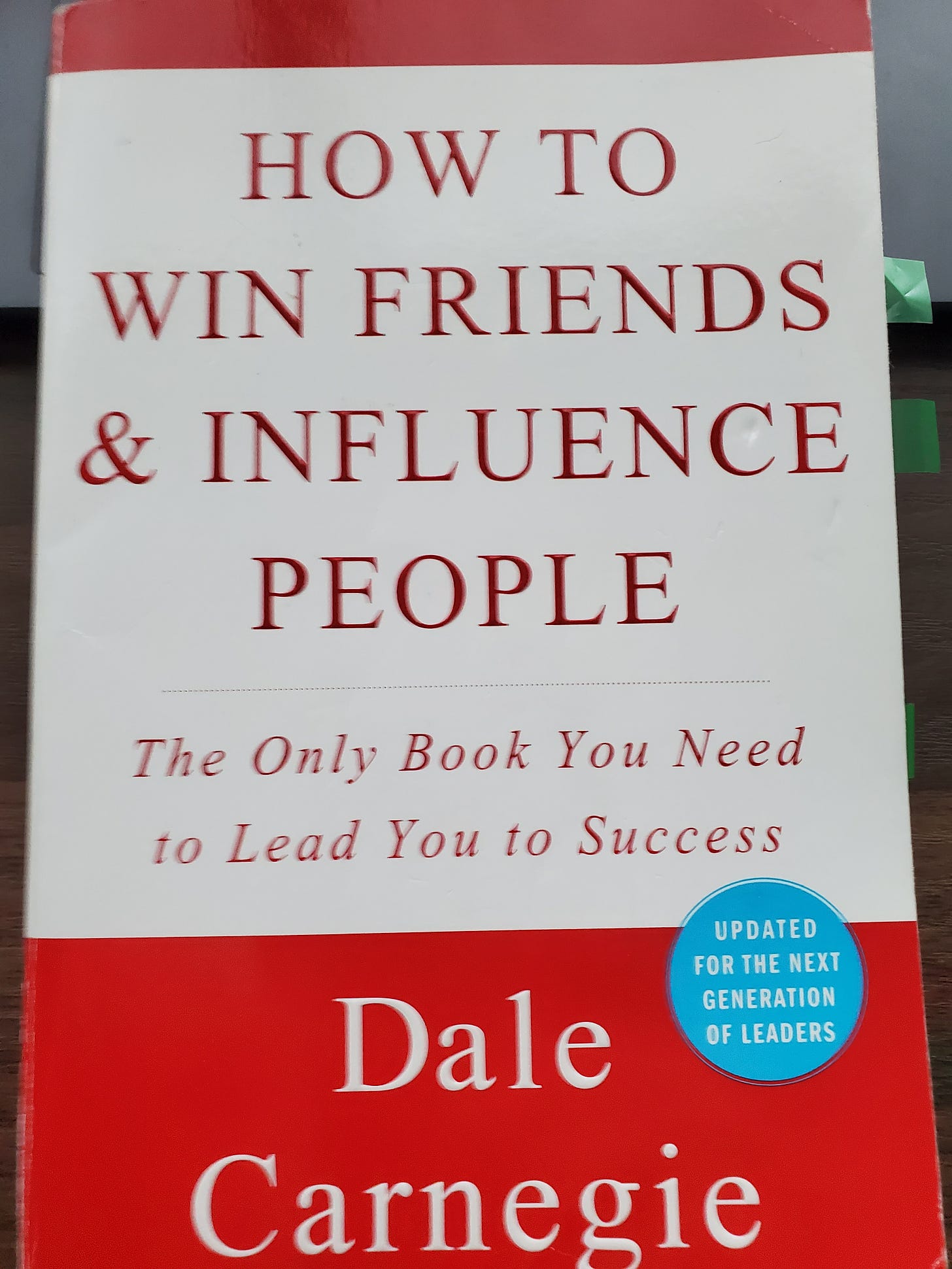In emergency management, we often focus heavily on plans, checklists, and logistics, and for good reason. However, if we’re honest, some of the biggest challenges we face during a crisis have less to do with resources and more to do with people. The relationships we build, the way we communicate with others, and how we lead when things get tough, those …
Keep reading with a 7-day free trial
Subscribe to The Emergency Management Network to keep reading this post and get 7 days of free access to the full post archives.




